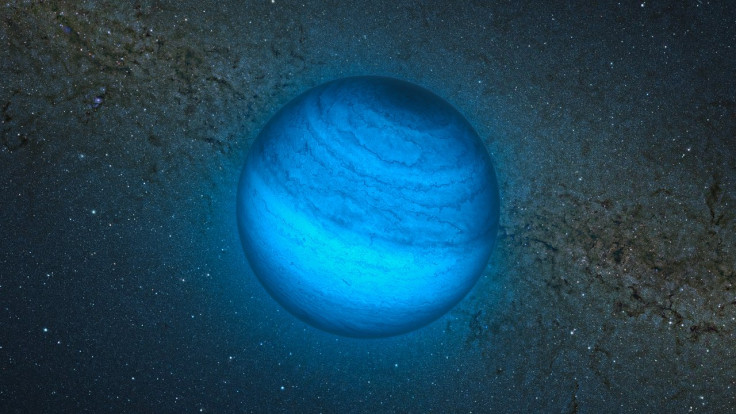Mysterious celestial object could be an elusive brown dwarf or a free-floating planet
The object is not part of the AB Doradus moving group, as previous hypothesised.

A mysterious celestial object known as CFBDSIR 2149-0403 has been the focus of intense investigations by astronomers. They believe it might either be a free-floating planet or a high-metallicity low-mass brown dwarf.
In 2012, an international team led by Philippe Delorme of Universite Grenoble Alpes (France) identified CFBDSIR 2149-0403 as a potential member of the AB Doradus moving group. This is a group of 30 nearby star systems, moving through space together with the AB Doradus star.
Following this discovery, the scientists decided to classify this intriguing object as a unique isolated planetary-mass candidate.
However, a lack of additional convincing evidence supporting this hypothesis suggests there could also be another possible theory – that CFBDSIR 2149-0403 is a low-mass brown dwarf.
Brown dwarfs are failed stars about the size of Jupiter, with a much larger mass, but not large enough to become stars. They are composed mainly of hydrogen gas but have no internal energy source and emit little light. Although they are hard to spot and identify, astronomers suspect that the universe is full of brown dwarfs.
Analysing the object
In a research paper published on arXiv.org, Delorme and his team carried out a range of analyses to try and settle the free-floating planet vs. brown dwarf debate. The scientists conducted a multi-wavelength, multi-instrument observational characterisation of the candidate free-floating planet CFBDSIR~J214947.2-040308.9 in order to constrain the its physical properties.
What they knew already was that this is the closest such object to the Solar System and it does not orbit a star and thus does not shine by reflected light.
From their new analyses, the astronomers were able to derive the object's six-dimensional position and kinematics. In contrast to what they had previously hypothesised, CFBDSIR 2149-0403 is not part of the AB Doradus moving group.
"While our new spectrum confirms the low gravity and/or high metallicity of CFBDSIR2149, the parallax and kinematics safely rule out membership to any known young moving group, including AB~Doradus", the scientists say.
They do not yet conclude on the nature of this astronomical object, but give more details on the two different hypotheses: it is either a young isolated planetary-mass (between two and 13 Jupiter masses) object of late-T spectral type. In that case, it would be less than 500 million years old. The other option, that it is a high-metallicity low-mass brown dwarf would mean that it would be older (2 to 3 billion years old) with a mass ranging from two to 40 Jupiter masses.
To come up with a definitive answer, astronomers say they will have to first improve their understanding of low-gravity and metallicity-enhanced atmospheres.
© Copyright IBTimes 2025. All rights reserved.






















